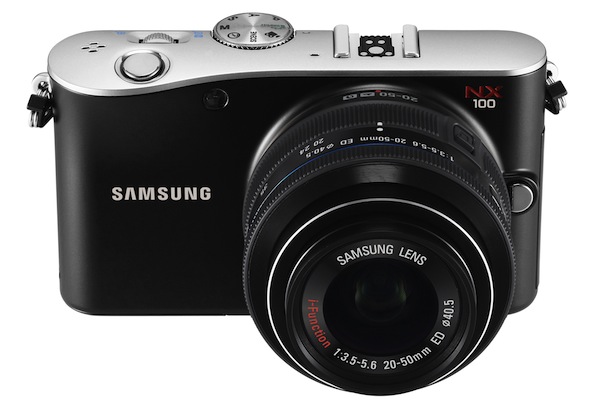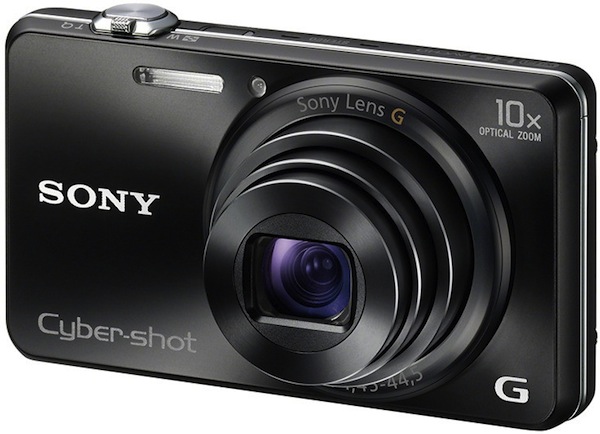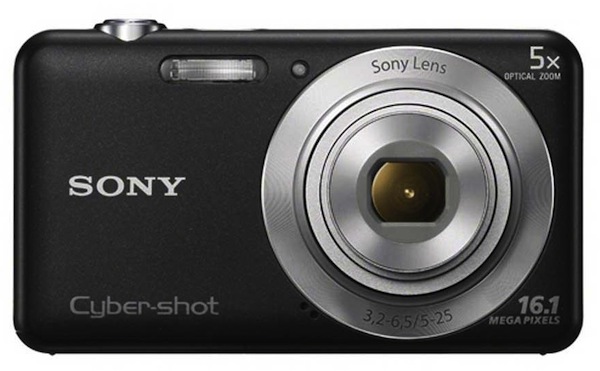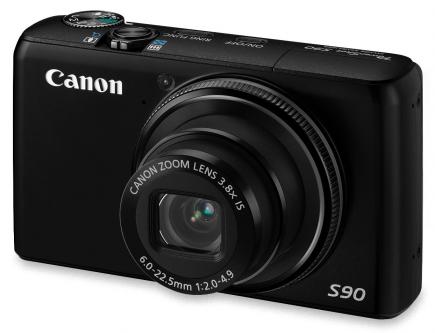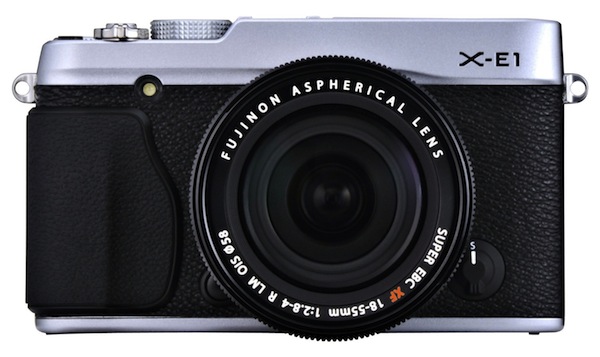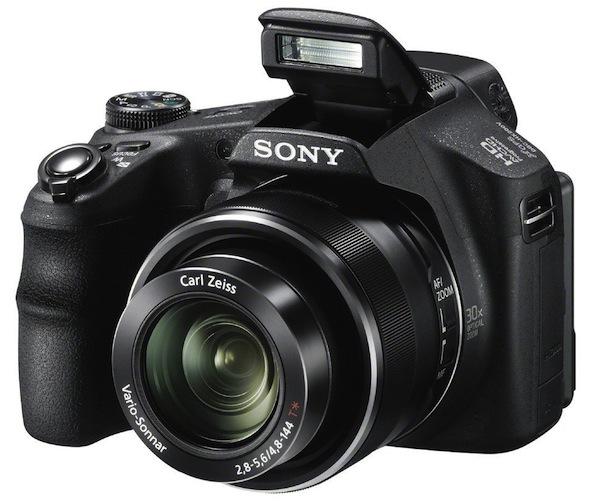Fujifilm X-E2 Review
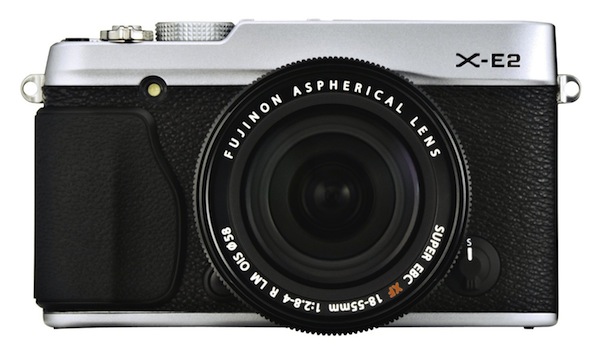
Fujifilm X-E2 is advanced with a mirrorless APS-C X-Trans, full manual controls, excellent image quality and a great lens in the kit.
Fujifilm X-E2 is the new high end mirrorless well-known Japanese manufacturer that is to replace the old but still valid Fujifilm X-E1 and puts on the plate a number of interesting new features and improvements. The target Fuji is traditionally one of the most passionate photographers who are interested in having a tool capable of capturing high-quality images rather than an electronic gadget in the round, and the character of the Fujifilm X-E2 does not betray this philosophy.
We are in front of a camera in some ways essential, almost spartan, but able to express a photographic quality with few rivals. The price tag is $1,399 for the kit which includes the 18-55 mm f/2.8-4.0 stabilized.
Table of Contents
Fujifilm X-E2: Features and Functionality
The technical equipment of the Fujifilm X-E2 reflects its ambitious price, starting from the use of the innovative and high-performance X-Trans sensor owner of Fujifilm (APS-C and 16-megapixel resolution). The image processor is the fast EXR II. The shutter is capable of ensuring a burst from 7 frames per second (3 fps with a continuous focus). The autofocus is hybrid phase / contrast and, finally, there are an LCD screen finally in high resolution (1,040,000 dots), an OLED electronic viewfinder strongly renewed, and the inclusion of an antenna integrated Wi-Fi.
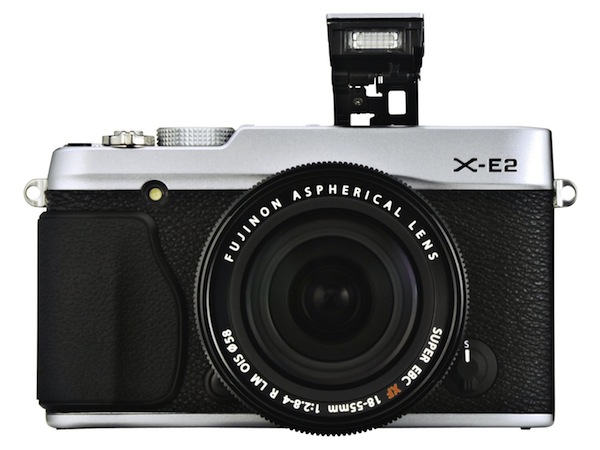
Even at the level of physical construction, the Fujifilm X-E2 demonstrates its premium character: the camera body is solid and sturdy, with the abundant use of metal materials and the presence of all the buttons and dials feel absolutely accurate.
How to ergonomics, the Fujifilm X-E2 is good but not perfect: whereas neither the size nor the weights of this machine are among the lowest on the market (factor to consider for those looking for an ultra-compact), a grip would be more generous, perhaps, was necessary. It is possible to buy one separately, in order to better balance the handle of the machine.
It is mandatory to spend a few words on the lens in the kit, which not only offers a brightness out of the ordinary for the category (f/2.8 at a wide angle to telephoto ef/4.0), but is also characterized by an exceptional build quality. Those who are not used to using professional goals will be pleasantly surprised to find a lens that gives the feeling of this level.
The controls and the menu of this machine are those now traditional for the X-series of Fujifilm: there are the inevitable prayers dedicated to the control of shutter speed and aperture, the Q key to the quick menu, two soft buttons, the usual selector and cross a good amount of buttons dedicated to the management of essential functions. Obviously, there are a small built-in flash (adjustable at will, thanks to its unique mechanism of extraction) and the slide for Speedlights.
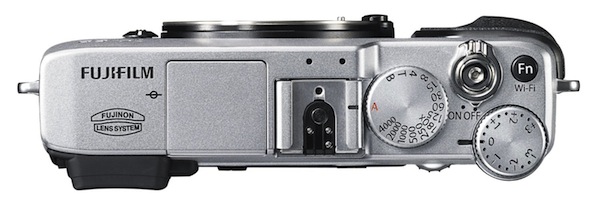
Access to essential camera features is quick and intuitive and makes the Fujifilm X-E2 a car in many ways from the flavor back, which fans from the era of the film will surely appreciate. This does not mean this machine waste modernity. Digging in the menu, you can access to a good range of functions, automatic, presets, etc….
There are available for a series of filters (toy camera, miniature effect, selective color, etc….) And the inevitable color simulations of Fujifilm, which replicate the character of the old films (Astia, Velvia and so on). There is also a Panorama mode automatically, and is notable for its absence the HDR, more and more common these days.
Speaking of automation, sorry to see that the Auto ISO does not yet offer the automatic adjustment of the minimum shutter according to focal length: using a zoom lens, it is a really useful function. Hopefully, Fujifilm inserts it through a future software update, confirming his reputation as a great deal of attention to the customer in the process of post-release support.
Fujifilm X-E2: Performance
Fujifilm X-E2 is a camera rather quick in all its operations, typically going to improve a critical point for this line of cameras. The ignition time is about half a second, the waiting time between one shot and the other is contained and also the burst is quality: 7 frames per second is sufficient to freeze the movement or grasp the correct expression in the majority of situations.
Even single AF of this car is really fast, accurate and quiet (with the lens kit). Under conditions of optimum light, Fujifilm X-E2 is perhaps a whisker slower than the best-performing micro 4:3, but this is a great achievement for a producer who, historically, suffered on that front. In low light, the AF slows down a bit, of course, but it’s still usable with satisfaction.
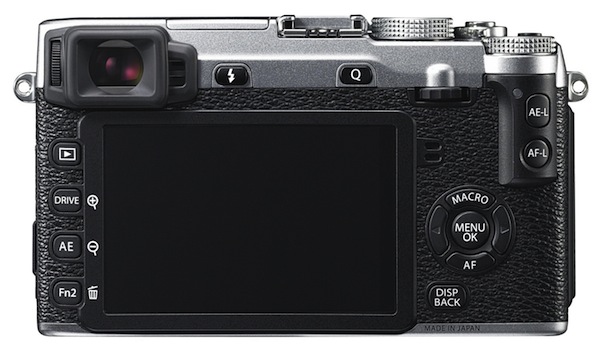
A new feature for Fujifilm has continuous autofocus, which now actually works as it should: hold down the shutter button halfway and following a moving subject, you can keep the AF on the latter, even during the burst (provided that you set the low mode 3 fps). The results in terms of precision are not excellent and the sacrifice in terms of a frames per second is remarkable, but it is still a good step forward.
Very renewed, compared to the previous model, they are also the LCD screen (the first was at a low resolution) and the OLED electronic viewfinder. The latter, in addition to being very detailed and enjoyable as color reproduction, now is definitely fluid even in low-light situations.
Quality Photos and Video
The quality of the images captured by the Fujifilm X-E2 is outstanding, absolutely at the top of the industry APS-C and able to compete with that of some full-frame cameras. The X-Trans sensor is really extraordinary in digital noise reduction, which is never an issue until the threshold of ISO 6400. Jpeg files recorded are rich in detail and color-pleasing in all conditions of use, thanks to the Engine Fujifilm, one of the most balanced on the market.
Compared to the regular APS-C X-Trans continues to seem a bit ‘hard in the management of the shadows, which are particularly contrasted and from which it is difficult to bring out the detail, but this is really the only flaw worth mentioning that we found. Also how wide dynamic range (up to 400%) seems to be more effective in recovering highlights that the opening of the shadows, and makes us want even more of a true HDR mode.
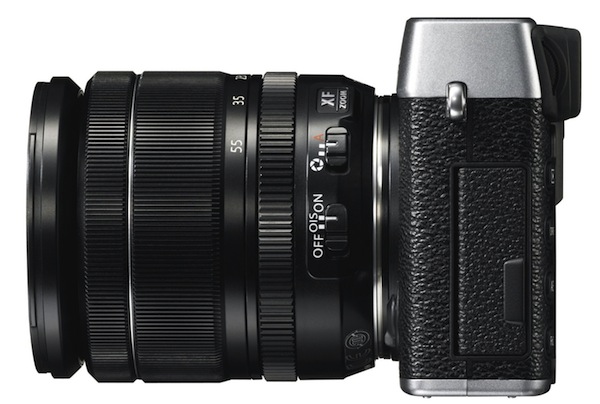
Those who want maximum control over the dynamic range can still use the RAW format: support files generated by this sensor is still not optimal, but it’s definitely improving. To praise even the 18-55 mm stabilized, capable of optical performance really above average: already quite clear to the maximum apertures, it becomes much affected as soon as you reach f/4.0, offering a truly premium quality and unrivaled, for the most part, of the objectives in a kit on the market today.
Finally, the video front, traditionally not a point of interest for Fujifilm. Indeed, even in the Fujifilm X-E2 there is a dedicated button (the function should be activated via the menu). The quality of the footage is decent, but the autofocus performance leaves much to be desired, there is a certain amount of aliasing and the automatic adjustments of the diaphragm are too abrupt. The Fujifilm X-E2, in a nutshell, there is a camera designed for those who want to combine purely photographic activity also that of video makers.
Conclusions
The Fujifilm X-E2 is a declaration of love lovers old fashioned photography. The build quality and controls, one of the images and also the kit lens are simply outstanding, and fear few comparisons in the price range of approximately $1,399.
There are also things that the Fujifilm X-E2 is not, it is certainly not a pocket (there are mirrorless much smaller and lighter, in APS-C format), nor is the fastest in its category, with a continuous AF yet unripe and one of just 3 fps burst when it is active. Finally, it is certainly not a good performer in the field of video.
If you search for a relatively compact, capable of expressing exceptional image quality and manual controls with deep and immediate, the Fujifilm X-E2 is certainly one of the most recommended cameras for this purpose in 2013.
Where to Buy Fujifilm X-E2?


Design
Quality
Easy of Use
Value of Money
PROS : Excellent image quality, Fast AF single, Deep but intuitive controls, Excellent build quality, Valuable kit lens, Electronic viewfinder quality.
CONS : Continuous AF still performs poorly, No HDR mode, Abundant size for a mirrorless. Video mode not finished.Product prices and availability are subject to change. Any price and availablility information displayed on Amazon at the time of purchase will apply to the purchase of any products.

